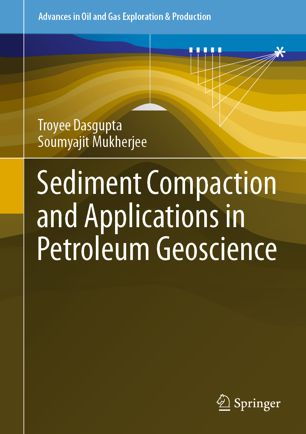

Most ebook files are in PDF format, so you can easily read them using various software such as Foxit Reader or directly on the Google Chrome browser.
Some ebook files are released by publishers in other formats such as .awz, .mobi, .epub, .fb2, etc. You may need to install specific software to read these formats on mobile/PC, such as Calibre.
Please read the tutorial at this link: https://ebookbell.com/faq
We offer FREE conversion to the popular formats you request; however, this may take some time. Therefore, right after payment, please email us, and we will try to provide the service as quickly as possible.
For some exceptional file formats or broken links (if any), please refrain from opening any disputes. Instead, email us first, and we will try to assist within a maximum of 6 hours.
EbookBell Team

5.0
80 reviewsThis book discusses how sediments compact with depth and applications of the compaction trends. Porosity reduction in sediment conveniently indicates the degree of sediments compacted after deposition. Published empirical curves- the compaction curves- are depth-wise porosity variation through which change in pore spaces from sediment surface to deeper depths e.g. up to 6 km can be delineated. Porosity is derived from well logs. Compaction curves, referred to as the Normal Porosity Profile of shales, sandstones and shale bearing sandstones of different models are reviewed along with the different mechanical and chemical compaction processes. These compaction models reveals how porosity reduces depth-wise and the probable reason for anomalous zones. Deviation from these normal compaction trends may indicate abnormal pressure scenarios: either over- or under pressure. We highlight global examples of abnormal pressure scenarios along with the different primary- and secondary mechanisms. Well logs and cores being the direct measurements of porosity, well log is the only cost-effective way to determine porosity of subsurface rocks. Certain well logs can detect overpressure and the preference of one log above the other helps reduce the uncertainty. Apart from delineation of under-compacted zones by comparing the modeled- with the actual compaction, porosity data can also estimate erosion.